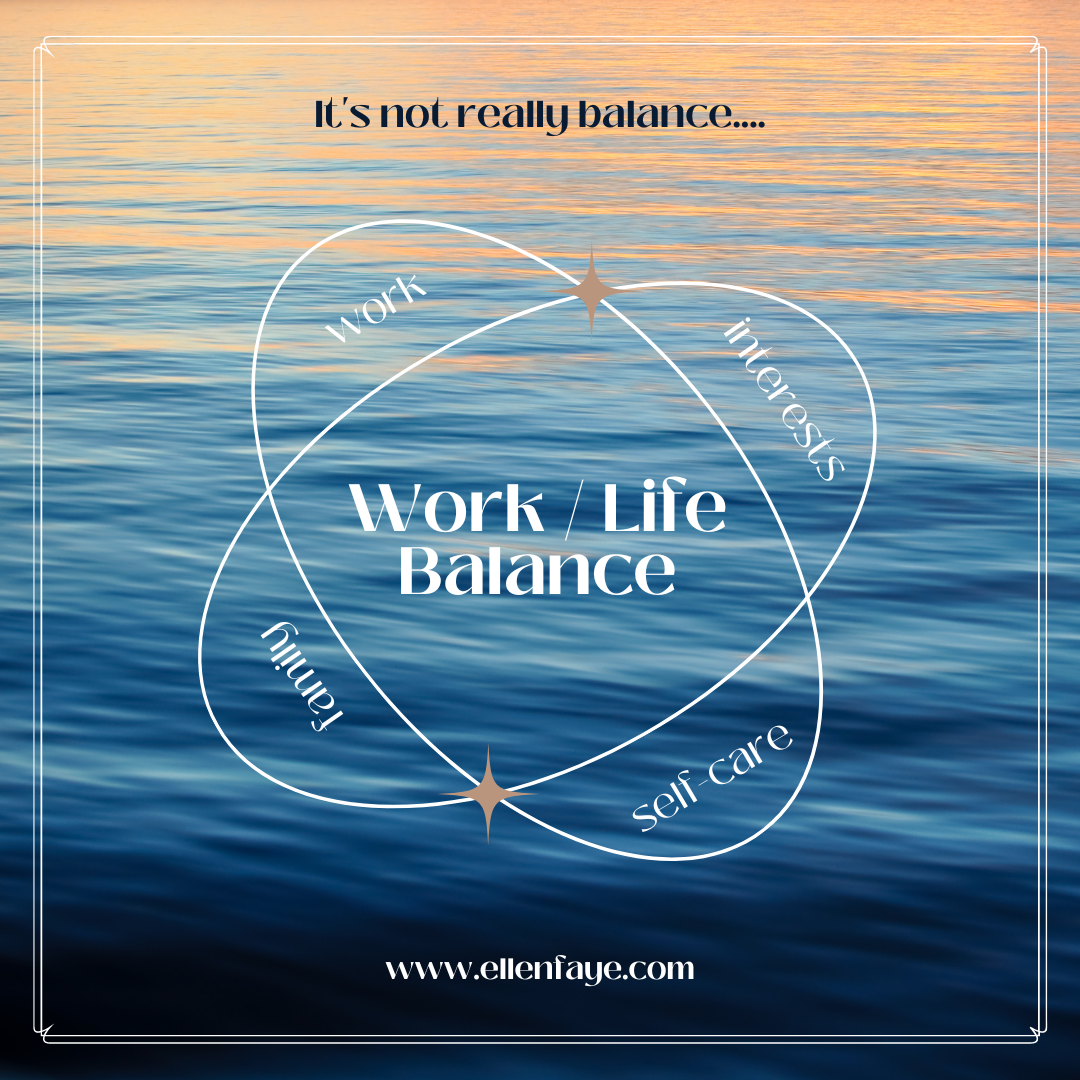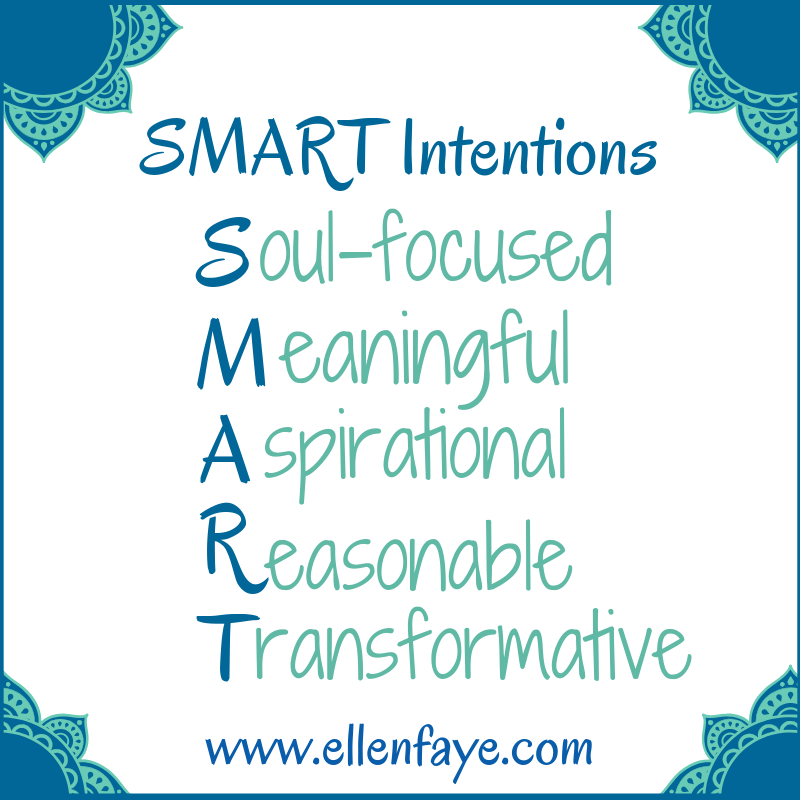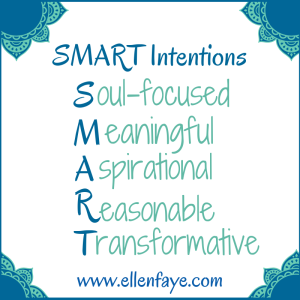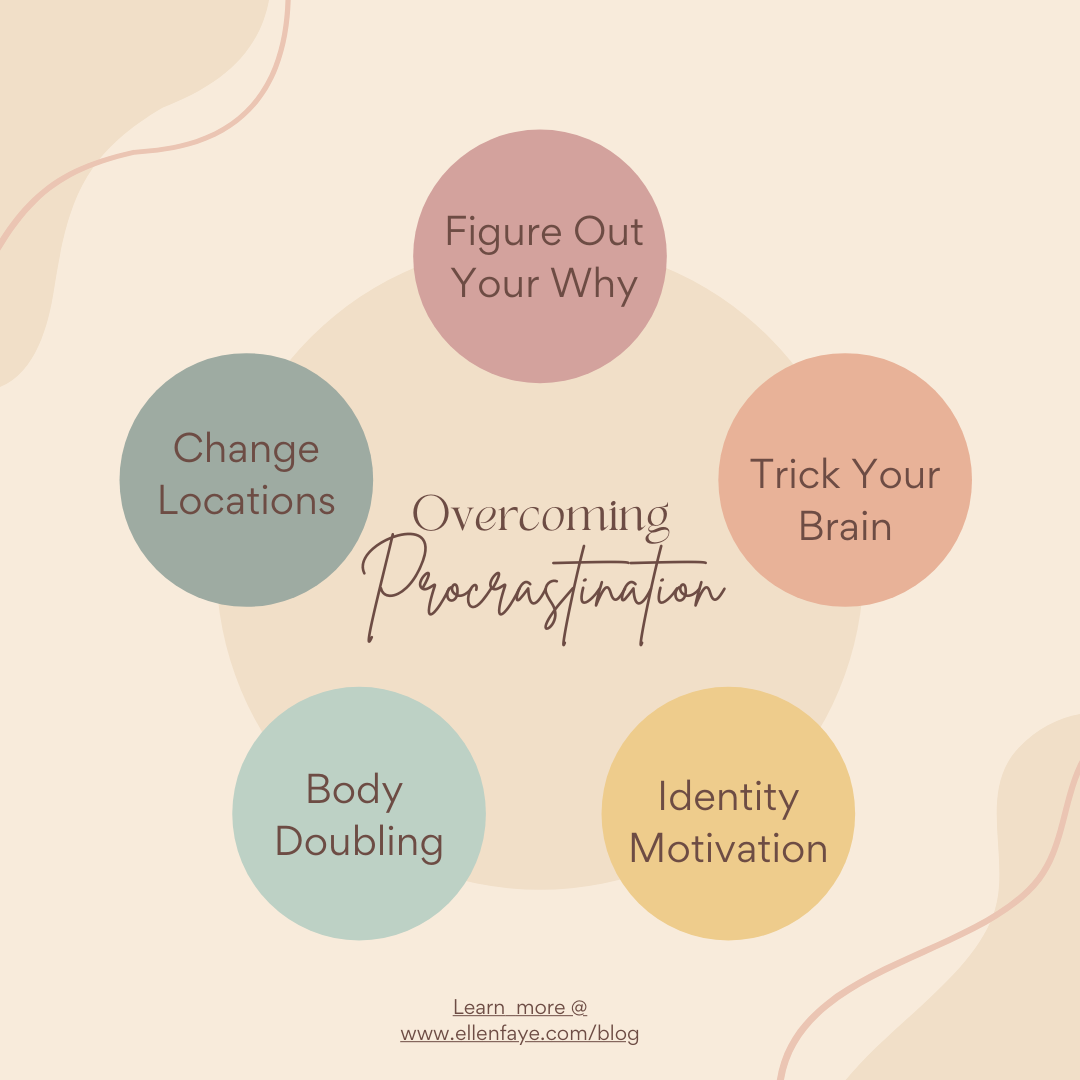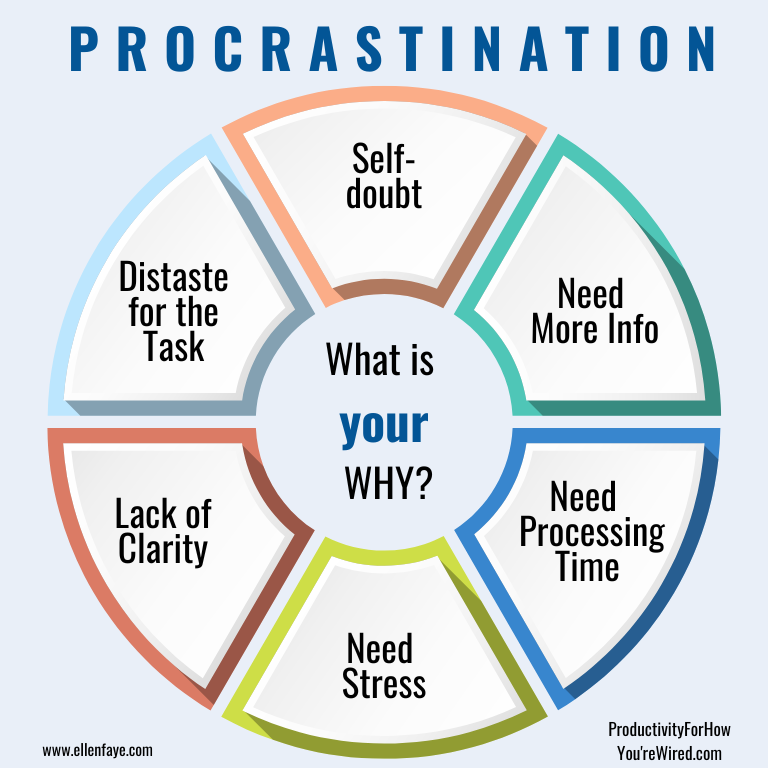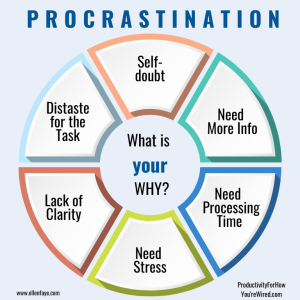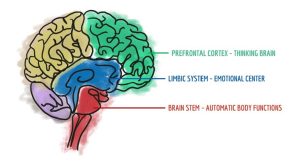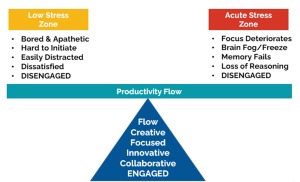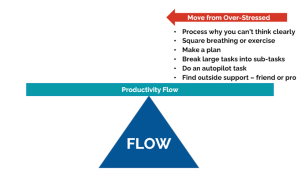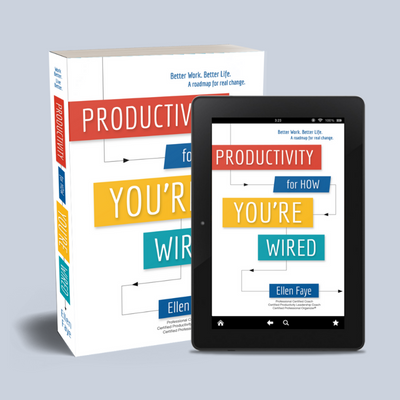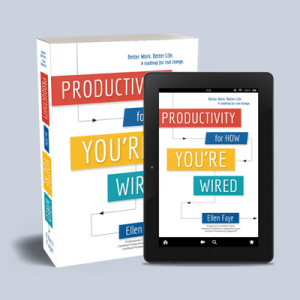24 Jan Don’t Strive for Work-Life Balance
Work-life balance isn’t really a thing. Betty Friedan has been quoted as saying “you can have it all, just not all at the same time.” Balance implies evenness, sameness, a destination. It isn’t.
No one is ever in balance for more than a moment. Perhaps what we are striving for is harmony. In classical music, sometimes the percussion is louder, sometimes the strings are louder, sometimes the brass is louder. There are forte sections where everything is blaring at once and there are pianissimo sections where sound is barely audible. And there are rests, quiet spaces when no sounds are made at all. Just like life! In life, different parts are louder than others at different times, but as a whole, it can be harmonic and beautiful.
When on a deadline or project, work is loud. During times of celebration or sadness, family is loud. While training for a 5K or other personal endeavor, self-care is loud, and when on vacation there are times of quiet and silence. Framing life like a symphony and striving for harmony seems so much more reasonable.
If one were to divide a “life pie” into four balanced parts — work, family, self-care, other interests — you would be spending an equal amount of time on each portion. That’s not how life is. And we know no day, week, or month is ever the same. To think it would be is not realistic. Additionally, imagine how boring life would be if every day and every week were the same.
What would be possible if you gave yourself permission to live in harmony and not strive for perfect balance all the time?
Harmony at Work
The same concept of harmony applies to work as well. If you are only doing unrewarding tasks and projects, it’s hard to stay engaged. Therefore, when creating your task list, consider the importance of putting meaningful things on your list. If all you do are things to please others, you won’t be very motivated to do your best, most productive work.
Traditionally, around Thanksgiving, I write a blog post about our lives being too full, like a Thanksgiving plate. If we fill our Thanksgiving plate with foods to please everyone else, we won’t have room to eat the foods we love. This results in us leaving the Thanksgiving table unsatisfied and unfulfilled. Then later, we eat more pie than we should. If you want to be satisfied, it is important to make room for the sweet potatoes and stuffing, or whatever your favorite Thanksgiving food of choice is.
In life and work, it’s important to make room for the things that matter too. Is it time to pull your passion projects off the back burner? Is it time to stop spending precious time making unimportant things perfect? Is it time to have more fun? With variety, NOT BALANCE, you’re much more likely to be productive.
This is compiled from Chapter 5 of my new book Productivity for How You’re Wired available on Amazon. Worksheets and online templates are included via the time tools link discussed in the book.



